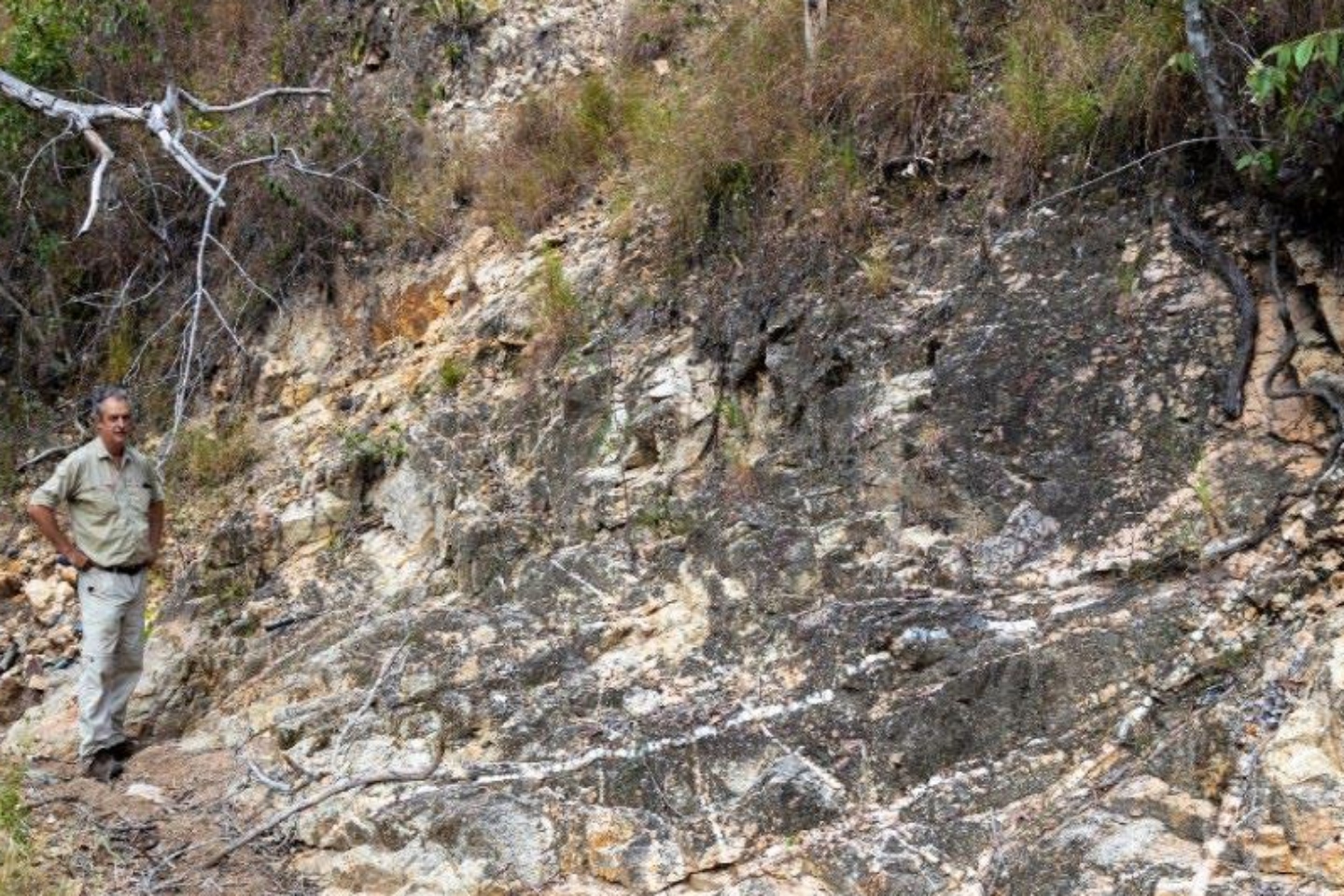Alma Metals has expanded the Briggs, Mannersley and Fig Tree Hill joint venture it shares with Canterbury Resources in central Queensland after grabbing two new exploration permits adjacent to the project. The JV ground includes the Briggs porphyry copper-molybdenum deposit that contains an inferred mineral resource of 415 million tonnes at 0.25 per cent copper and 31ppm molybdenum.

Alma Metals has expanded the Briggs, Mannersley and Fig Tree Hill joint venture (JV) it shares with Canterbury Resources in central Queensland after grabbing two new exploration permits adjacent to the project.
The JV ground includes the Briggs porphyry copper-molybdenum deposit that contains an inferred mineral resource of 415 million tonnes at 0.25 per cent copper and 31 parts per million molybdenum – implying an in situ copper content exceeding one million tonnes. The partners have now extended the site through the purchase of the permits from Tropex Metals.
The project is about 60km west of the deepwater port of Gladstone and is supported by good access and proximity to infrastructure. Alma is funding exploration at Briggs under its staged earn-in JV agreement with Canterbury, in which it currently holds a 30 per cent interest and can earn up to 70 per cent.
The acquisition cost for the now-former Tropex ground will be included in Alma’s earn-in expenditure. On cementing the deal, Alma will hand Tropex 50,000 ordinary shares, while the latter also becomes entitled to a one per cent net smelter royalty on mineral production from the two permits, capped at a maximum of $7.5 million.
Canterbury has said its sampling led it to believe that copper mineralisation at Briggs is related to three early-Triassic porphyritic granodiorite intrusions that have formed stockworks of millimetre-to-centimetre-scale, porphyry-style quartz-chalcopyrite-pyrite-molybdenite veins. The company says the veins occur not only in the intrusions, but also extend laterally more than 150m into the surrounding volcanic sediments.
Most of Canterbury’s sampling was undertaken more than a year ago, although it and Alma have both undertaken additional infill sampling along several incomplete lines. Soil sampling shows that copper anomalism above 500ppm at Briggs covers an area measuring least 2300m long and up to 1000m wide.
More interestingly, several clusters of more than 1000ppm copper and up to a maximum of 4710ppm, coincide with the known copper-mineralised centres referred to as Briggs central, the northern porphyry and the southern porphyry target areas.
Sampling has also highlighted anomalous molybdenum up to 84ppm that is associated with the porphyry system. But it appears that while it is not perfectly co-incident with copper anomalism, it indicates a polyphase/zoned intrusive system at Briggs, which it has confirmed in logged diamond drill core.
Alma says it has outlined a revised exploration target of between 480 million to 880 million tonnes at grades between 0.2 and 0.3 per cent copper and between 25ppm and 40ppm molybdenum, which excludes the 415-million-tonne inferred mineral resource. The potential tonnage and grade ranges of the exploration target are conceptual in nature and insufficient exploration has yet been undertaken to estimate a mineral resource.
In November last year, management said it had completed a diamond drilling program in a zone of potentially elevated copper grades around the margin of the central porphyry to test for mineralisation that could be accessed in a higher-grade starter pit.
It said the program confirmed a higher-grade zone of copper-molybdenum mineralisation straddling the contact between the granodiorite intrusion and enclosing volcanic sediments, with two drill holes intersecting thick zones of copper-molybdenum mineralisation along their entire length. Both holes were terminated in mineralisation at their planned 200m downhole depths.
Additional drilling also confirmed continuity of mineralisation between the inferred resources for the northern porphyry and Briggs central zones.
Alma’s drilling ran until mid-December last year to test for additional zones of higher-grade mineralisation around the Briggs central porphyry and management says it plans to roll out further drilling in this year’s second quarter to evaluate the intrusive contact zone and upgrade resource confidence in advance of a scoping study. Preliminary metallurgical test work has found that high copper recoveries can be achieved through conventional crushing, grinding and flotation.
The company has exercised its right to enter stage two of its earn-in agreement and can reach a 51 per cent JV interest through further exploration and evaluation funding of $3 million by the end of June 2026.
Alma says its combined works, in concert with the revised resource updates, have given it a high degree of confidence that Briggs is a significant copper deposit, with more than one million tonnes of contained copper metal and a potential molybdenum resource.
Is your ASX-listed company doing something interesting? Contact: matt.birney@businessnews.com.au
















